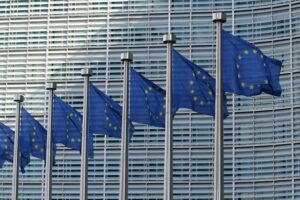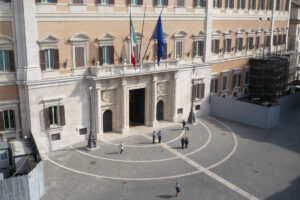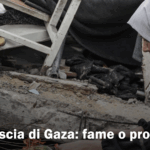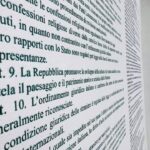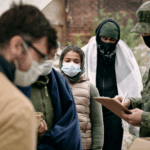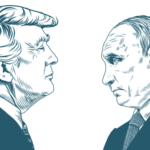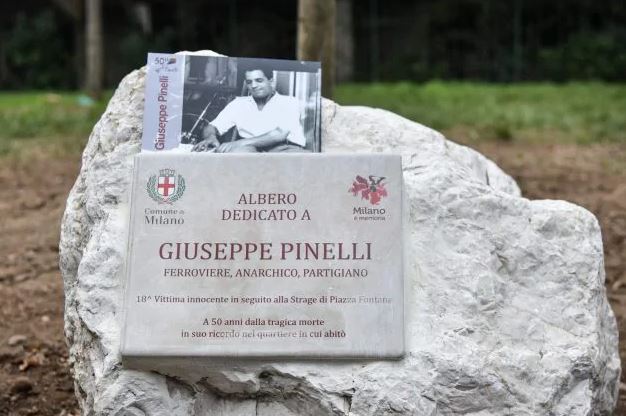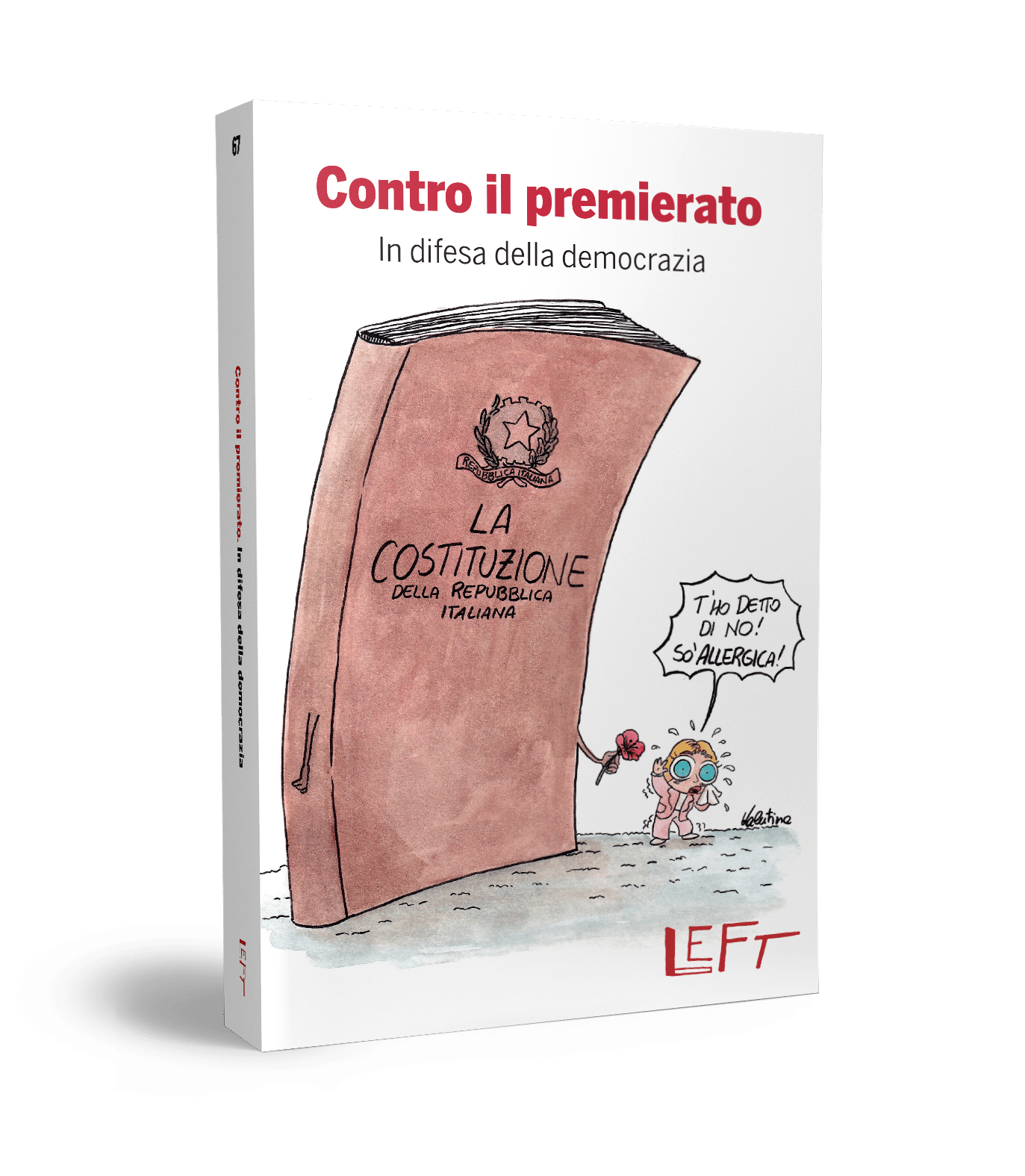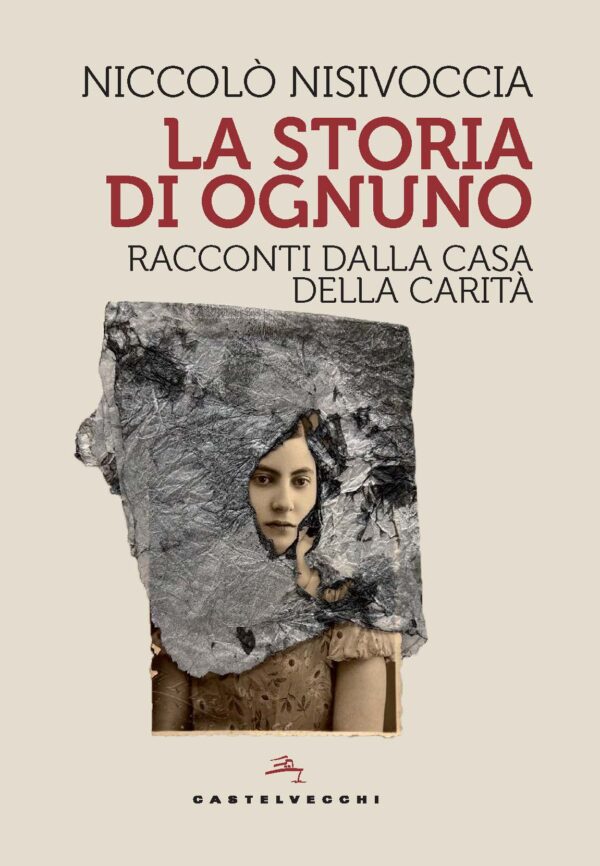Half a century has passed since one of the darkest moments in the history of the republic, yet the state’s own role remains poorly understood.
At four thirty on 12 December 1969 a bomb exploded outside Milan’s bank of agriculture killing 17 and injuring 88. No organisation claimed responsibility. The bombing, known as in Italy as the Piazza Fontana massacre, did not come out of the blue. Similar incidents had been increasing in the months and years leading up to it, and many more would follow.
This was a polarised and violent era, one which would culminate in the kidnapping and assassination of the Christian Democrat politician Aldo Moro and another even more devastating bombing at Bologna train station which killed 85 and wounded 200 in 1980. The perpetrators of these kinds of attacks came from across the political spectrum, from extra-parliamentary communist groups to neo-fascists who sought to salvage Mussolini’s failed project. The sheer number of such organisations, the severity of their language, and the brutality of their tactics has long-been seen as the low point of Italy’s post-war history.
Piazza Fontana stands out amidst the other attacks from this period, though, for what it reveals about the nature of the Italian state and its relationship with so-called ‘occult powers’. In the immediate aftermath of the bombing, anarchist groups were quickly identified as the culprits. In a climate of widespread fear and paranoia, 80 people were arrested on the basis of flimsy evidence and public conjecture. One man, a railway worker named Giuseppe Pinelli, ‘fell to his death’ from the fourth story window of a police station. Others were detained or placed under surveillance for years. And yet the immediate investigations led nowhere. It wasn’t until 1972 that new testimonies were taken seriously and a far-right organisation called Ordine Nuovo came under suspicion. Several of its members were called to trial alongside the anarchists. The process dragged on until the late 80s. Eventually two men, Giovanni Ventura and Franco Freda, were sentenced for other, smaller, attacks, but not for Piazza Fontana itself.
Ordine Nuovo
The most recent major development came in 2001 when a single name, Carlo Digilio, also a member of Ordine Nuovo, was attached definitively to the bombing. We know, however, that Digilio did not act alone. The ‘years of lead’ as a whole were never characterised by lone wolf attacks but by institutional interventions. Digilio himself had once worked for the secret service. Then there is the question of P2, a masonic organisation which included state officials and which worked to actively disrupt the investigations into Ordine Nuovo. That same decade they became major stakeholders in the conservative newspaper, Il Corriere della Sera. In 2000 Romano Prodi’s centre-left government declared officially that the CIA knew about the attack in advance and chose to withhold that information from the Italian secret services. Taken together these facts have profound implications. Piazza Fontana was not an isolated tragedy but a part of an international ‘strategy of tension’ which saw escalating violence, rather than suppressing it, as being the most effective way to prevent a communist revolution.
Last month, I heard Guido Lorenzon, one of the early testifiers against Ordine Nuovo, speak at a public event hosted by civil society organisation Libertà e Giustizia. Lorenzon, who was an associate of Giovanni Ventura, had information about far-right involvement from the very beginning, and yet the evidence he passed on to magistrates in 1972 was virtually ignored. His conclusion, one shared by many intellectuals, journalists and activists, is that on this point, at least, the state’s agenda overlapped with that of the neo-fascists.
Of course, there were exceptions. Some in government, and in the courts in particular, worked to challenge this alignment. Others turned a blind eye. The fact remains, though, that many willingly participated in the effort to maintain an atmosphere of panic, even allowing blood to be shed to stop the ascension of communism in Italy. Given that the groups, names and precise processes involved remain unclear, Lorenzon’s main concern today is that the institutions take their responsibility. “If they don’t” he said to the crowded room, “how can we have a faith in our security in the future?”
The ‘years of lead’
Piazza Fontana is often treated as a sensationalist story or even a conspiracy theory. Treating the events as a kind of fictionalised film noir plot, though, isn’t just irresponsible: it actively damages civil society. Decades may have passed since the ‘years of lead’ but the state’s continuing reluctance to open a full-scale inquiry into that era, and reveal publicly who made what decisions and when, is an issue with direct consequences for the present moment.
Democracy isn’t just about voting: it requires a commitment to accurate history, to maintaining collective memory and with that the very idea of truth. When a state neglects this responsibility, it undermines its own legitimacy in the process. And in such conditions, as Lorenzon’s example attests, people can never truly feel safe.
2 January 2020, Opendemocracy.net
